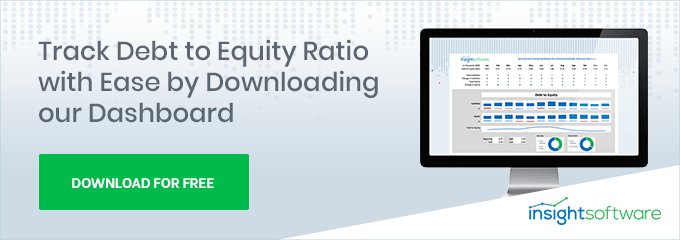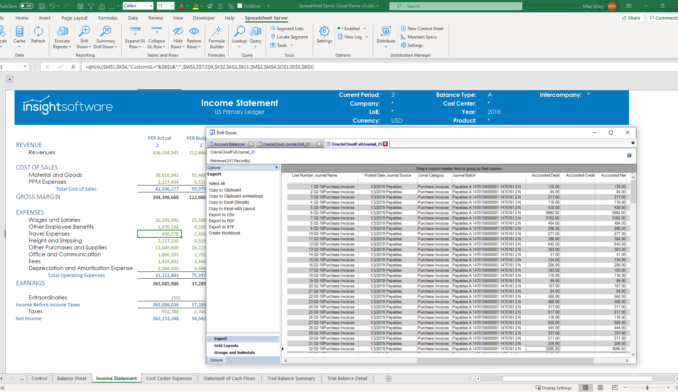Get a True Measure of Company Performance with These Financial Ratios

Financial ratios are one of the best resources in your performance management toolkit. Tracking various KPIs, like for example, financial KPIs, helps decision makers understand their strengths and weaknesses in depth. However, focusing on the relationship between various metrics improves understanding broadly and deeply.
Corporate finance departments have been tracking ratios for years, but the practice has been less common at small and midsize businesses. As valuable as ratios may be, they require the latest data and ongoing analysis to really be an asset in terms of performance management. Thankfully, that is all changing now that data-analytics tools have become so much more affordable and accessible. Once the right technology is in place, any enterprise can begin leveraging ratios successfully.
The next question is which ratios you should track. Focus on these four to take the true measure of your company.
Current Ratio (AKA Working Capital Ratio)
(Current Assets)/Current Liabilities
This ratio measures your company’s ability to meet short-term financial obligations by comparing your current assets against your current liabilities. Essentially, it’s a measure of your liquidity. Tracking the current ratio is important for understanding whether cash flow issues could comprise your ability to pay back liabilities. Conversely, if the ratio is high (indicating liquidity is good), it means you have more to invest in growth and can qualify for better financing agreements.
Download our dynamic Working Capital dashboard for smarter decision-making.
Quick Ratio (AKA Acid Test Ratio)
(Current Assets – Inventories)/Current Liabilities
Think of this as a more refined version of the current ratio. By subtracting inventory from current assets, you get a clearer picture of how many liquid assets are on hand, assets that can be quickly converted to cash. Comparing that figure against current liabilities provides a more accurate indication of whether your company can pay its debts. A low figure suggests cash flow issues could be forthcoming. Most companies raise the ratio by clearing out current liabilities, either by delaying purchases or taking out long-term loans.
Debt-to-Equity Ratio
Total Liabilities/Shareholder’s Equity
This ratio reveals how much your company is leveraged by comparing the amount of debt against the amount of equity ownership. In this case, equity is considered the amount the owners can put up for collateral after repaying the priority lenders. A higher ratio indicates the company could struggle to repay its debts, but actual performance is measured by comparing the ratio against industry benchmarks.
Net Profit Margin (AKA Return on Sales)
Net Profit After Taxes/Net Sales
Tracking this metric reveals how much profit your company is making from every dollar of sales. Profitability ratios like this one provide a more nuanced look at performance than revenue figures alone. Having a high net profit margin indicates the business is financially viable thanks to efficient operations. Comparing the margin against others in the same industry indicates how competitive you are.
Ratios bring performance into stark relief, but if they’re confusing and time-consuming to calculate, it’s easy to ignore them. The team at insightsoftware has developed a suite of solutions that put up-to-the-minute data and in-depth analytics at your fingertips. Tracking ratios becomes effortless, giving decision makers unparalleled oversight into performance and control over outcomes. To learn more, download our ebook: Guide to the Right KPIs for the Modern CFO.









